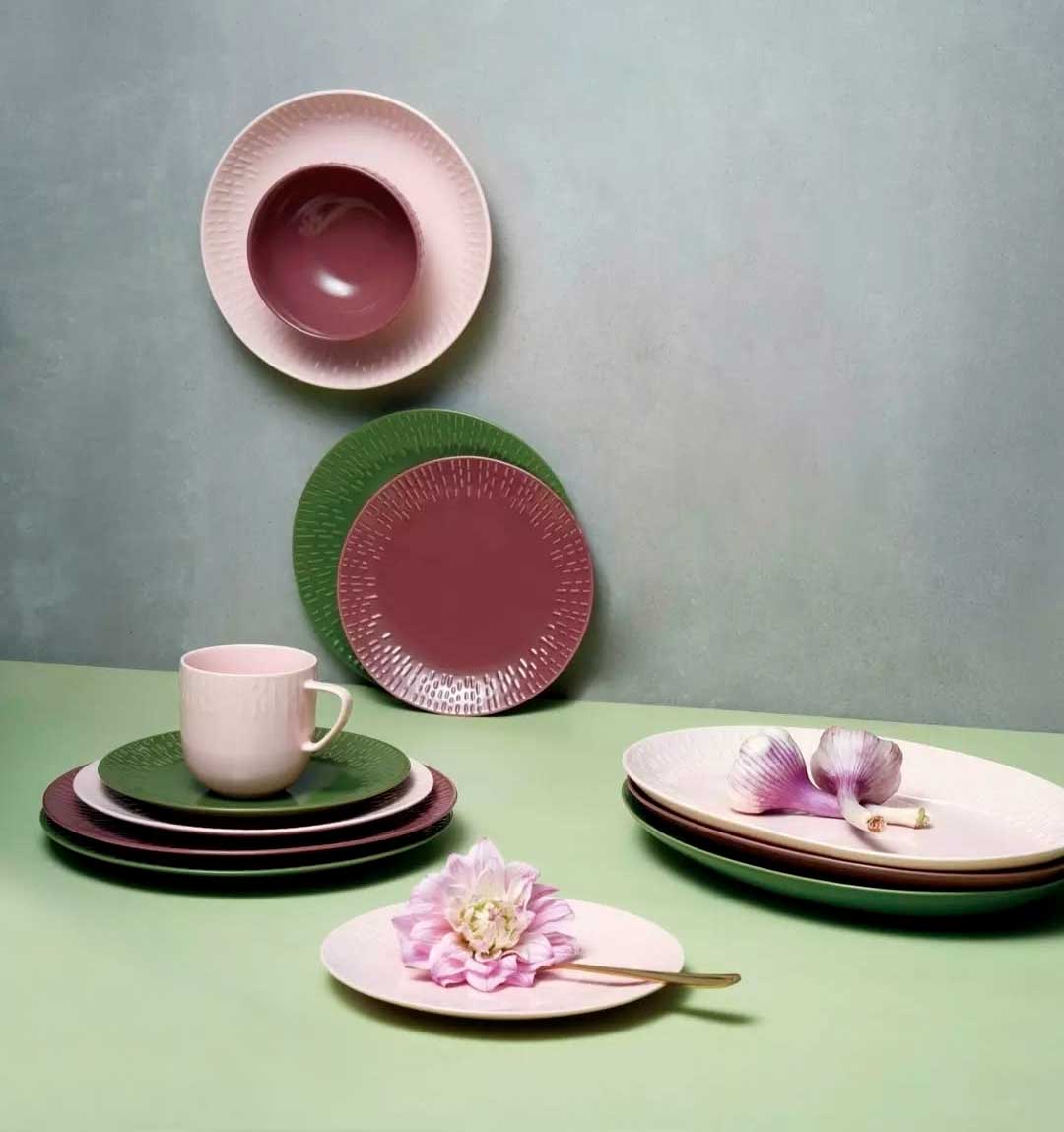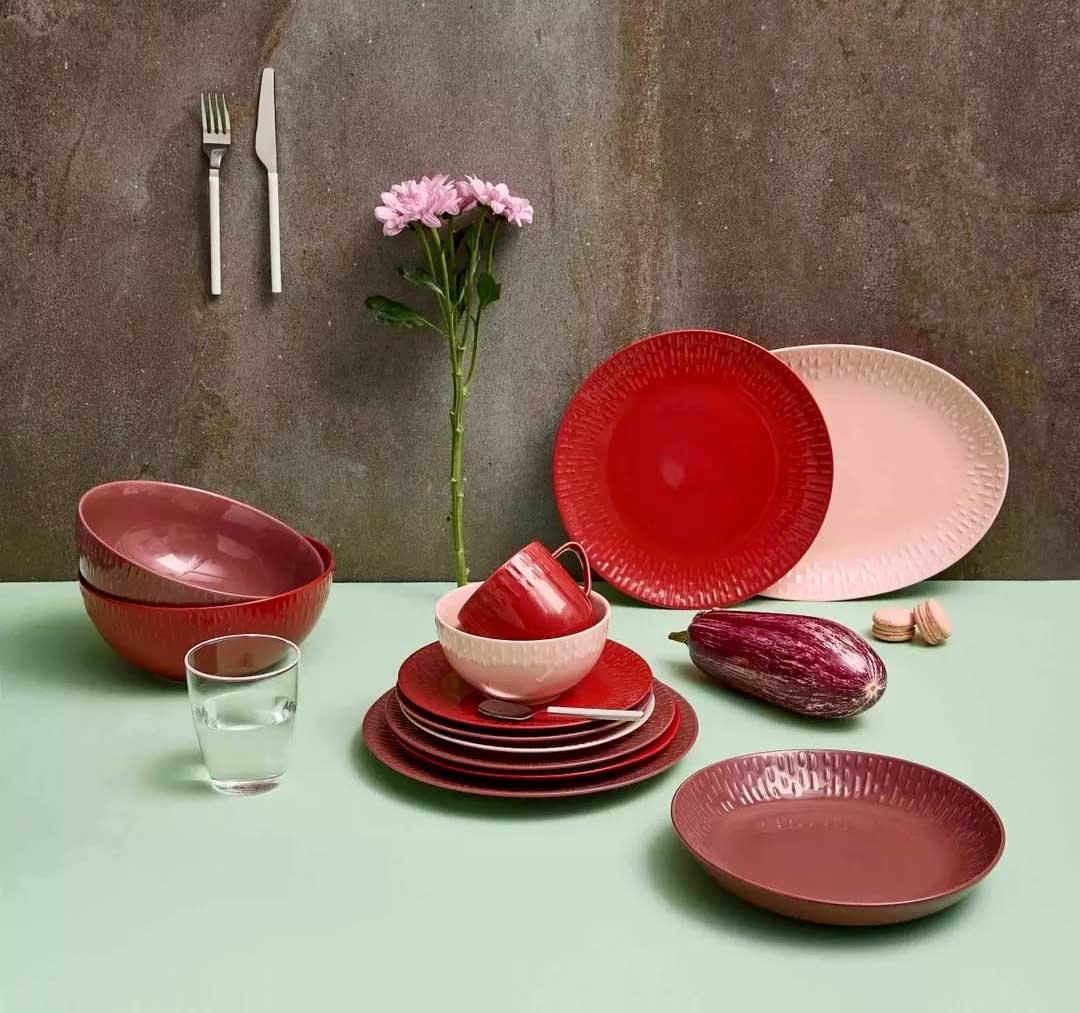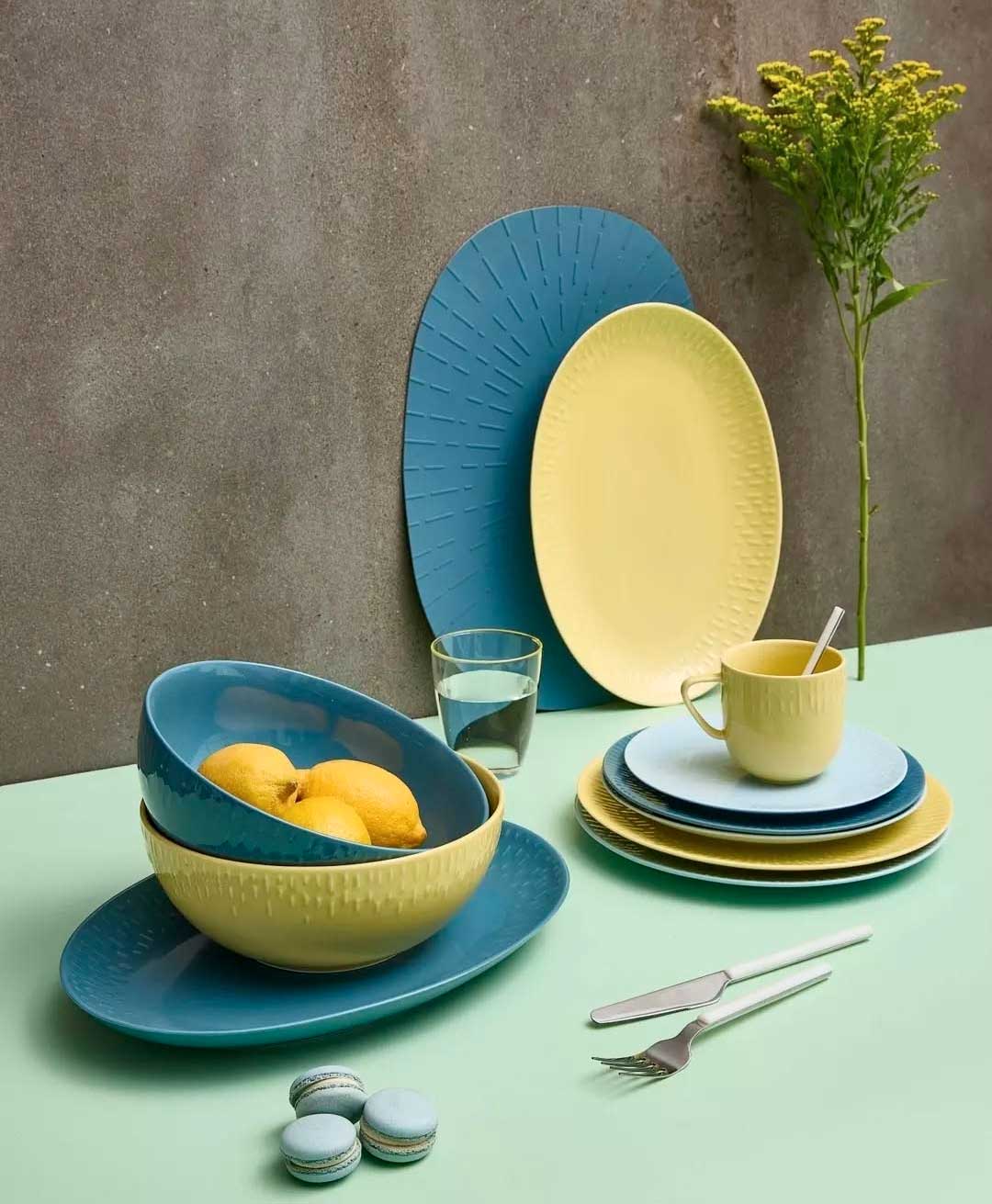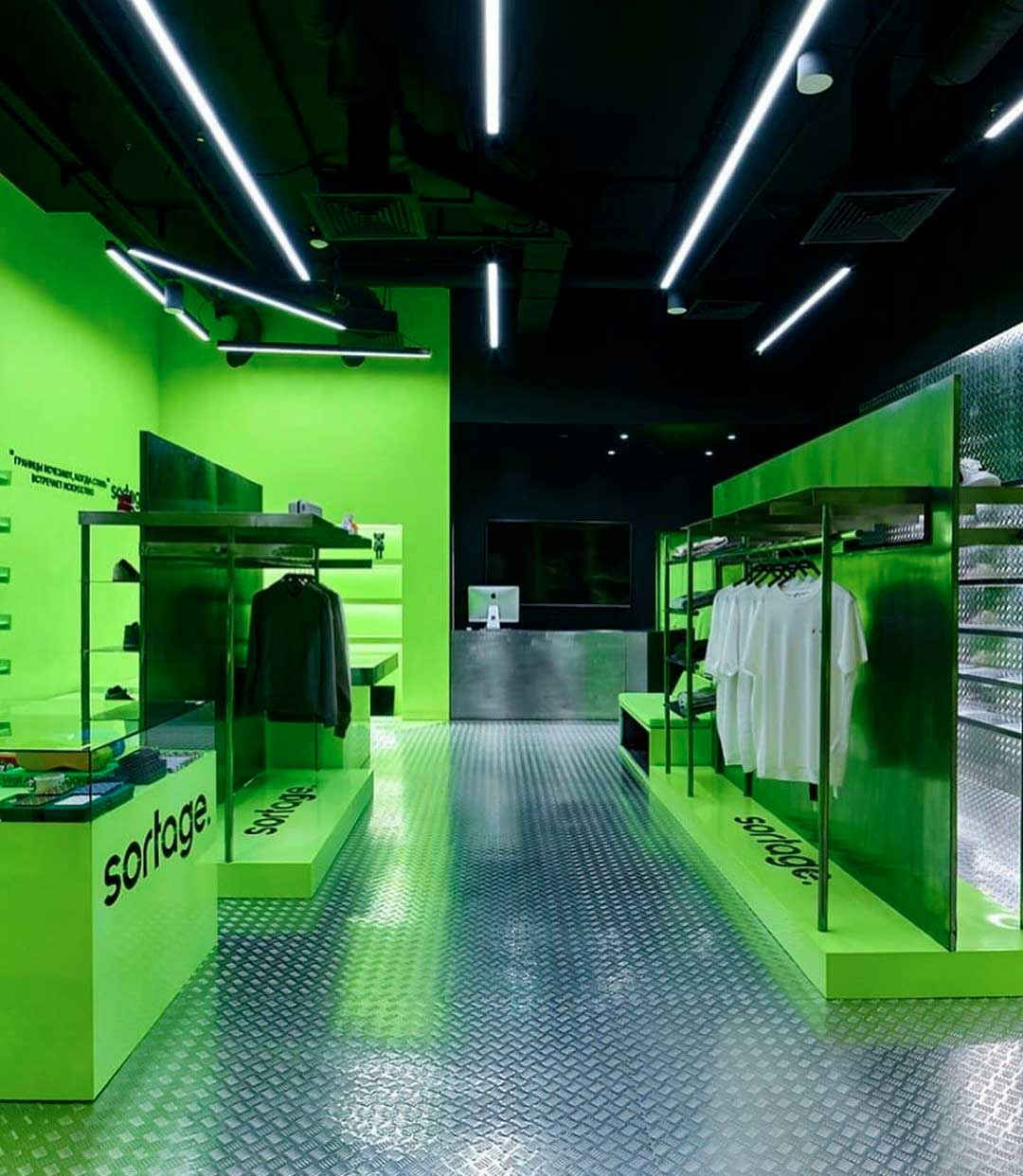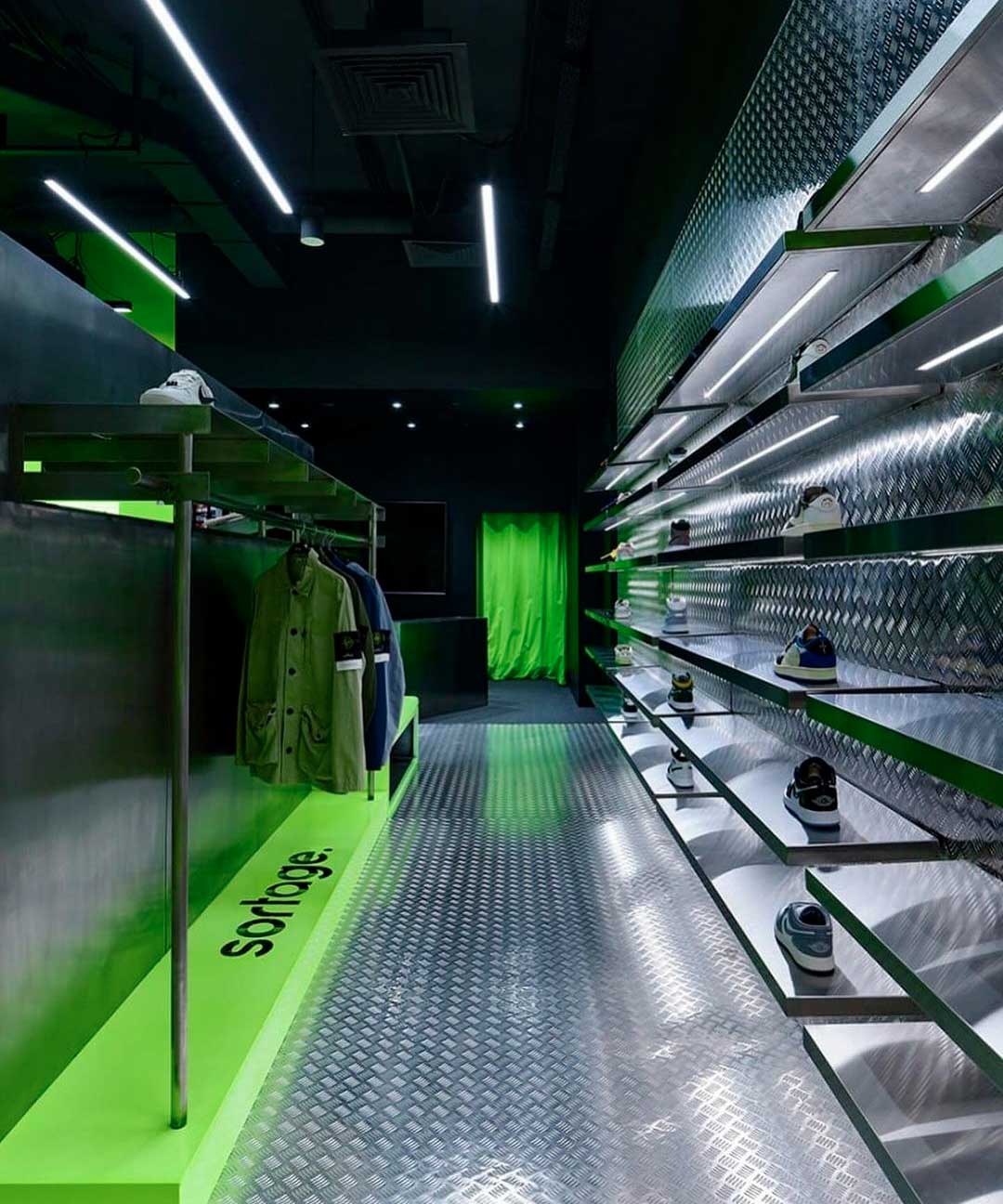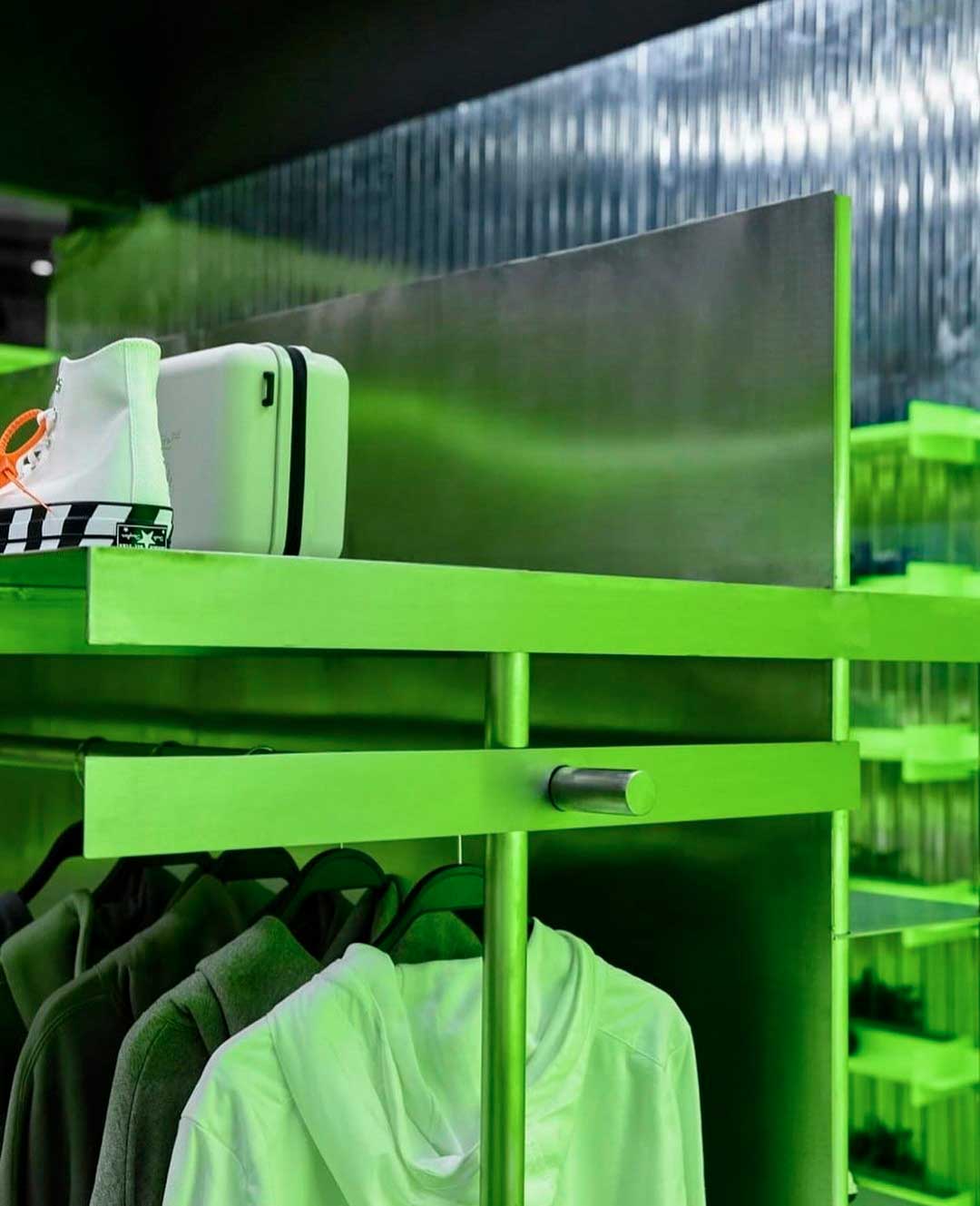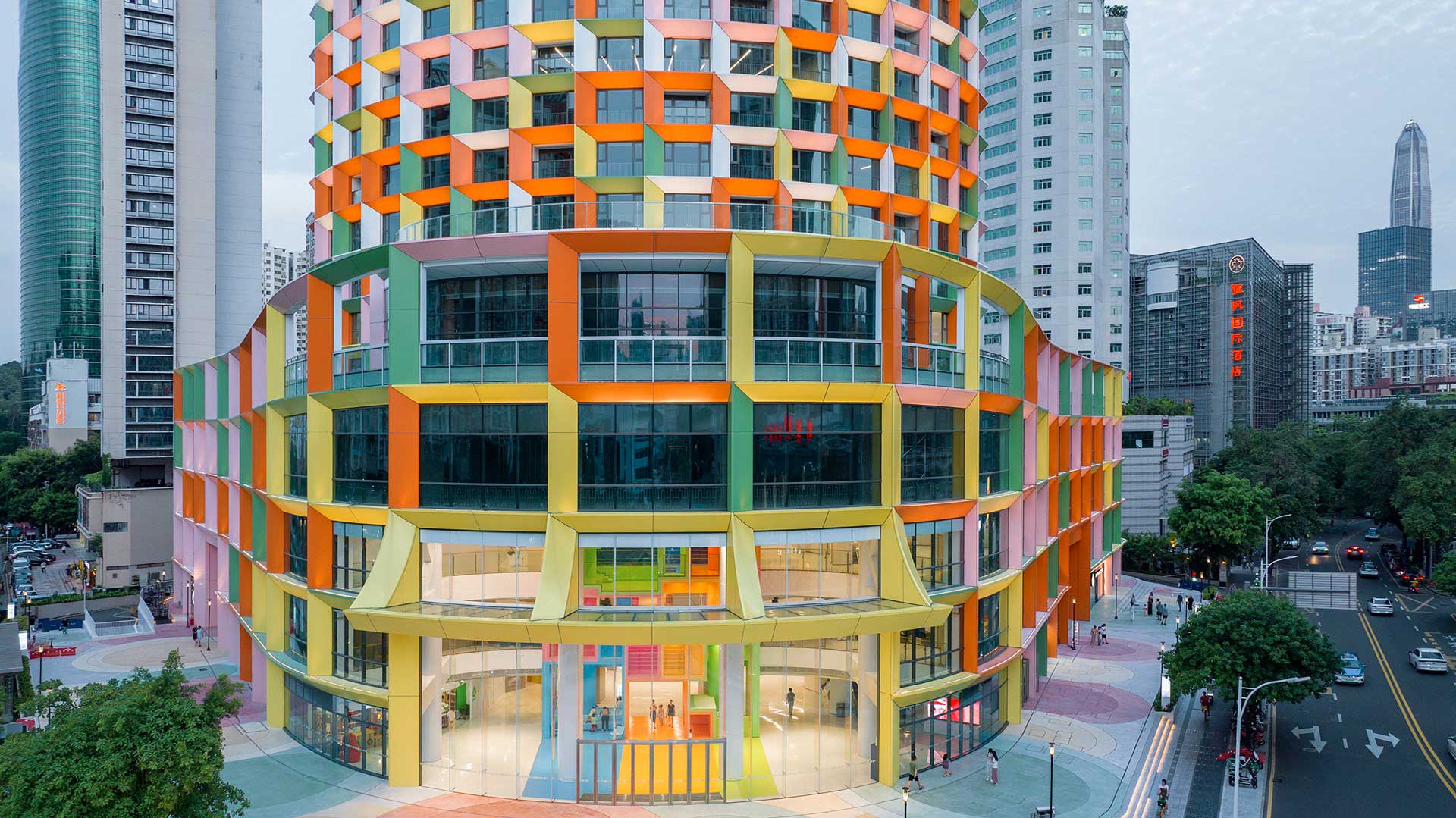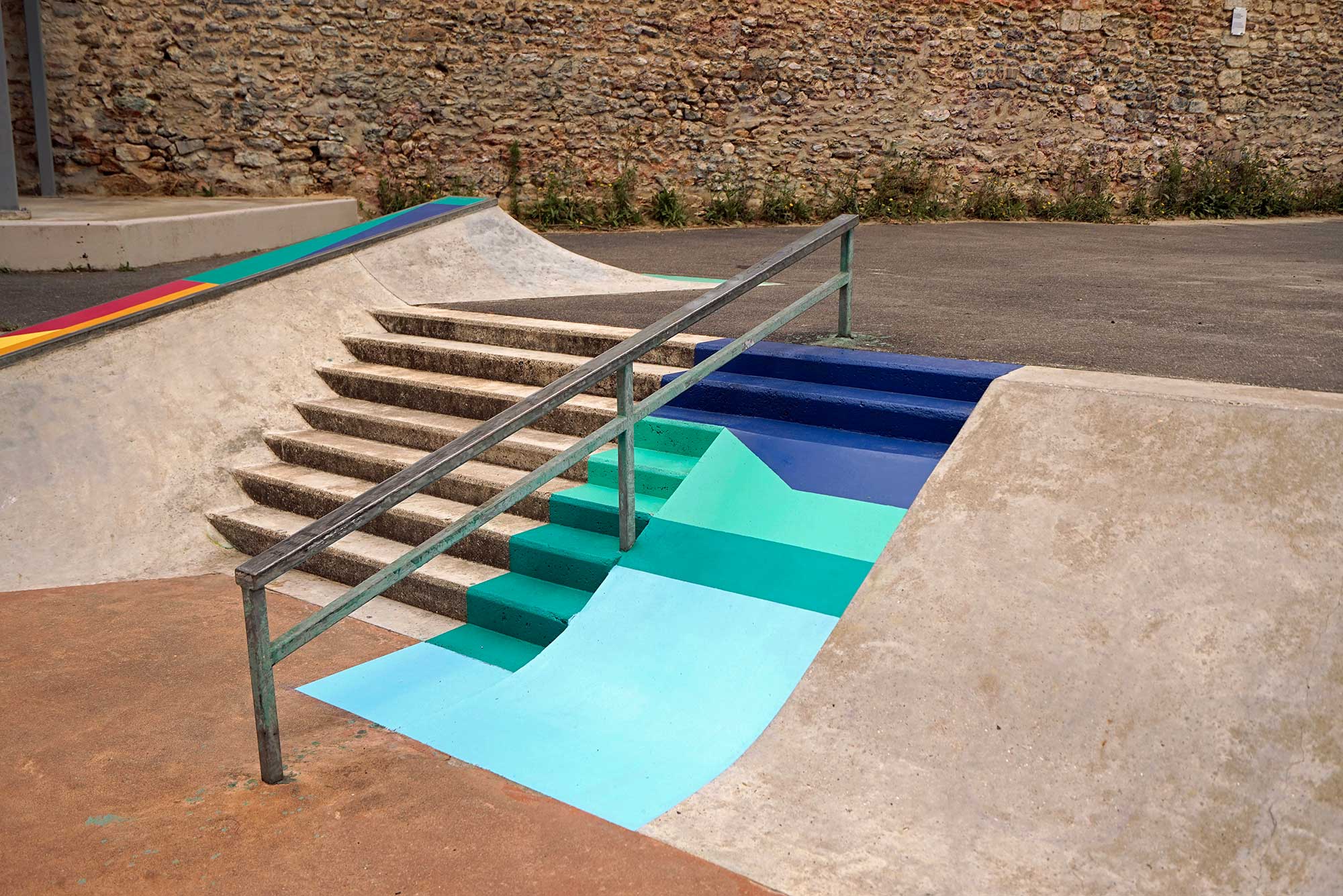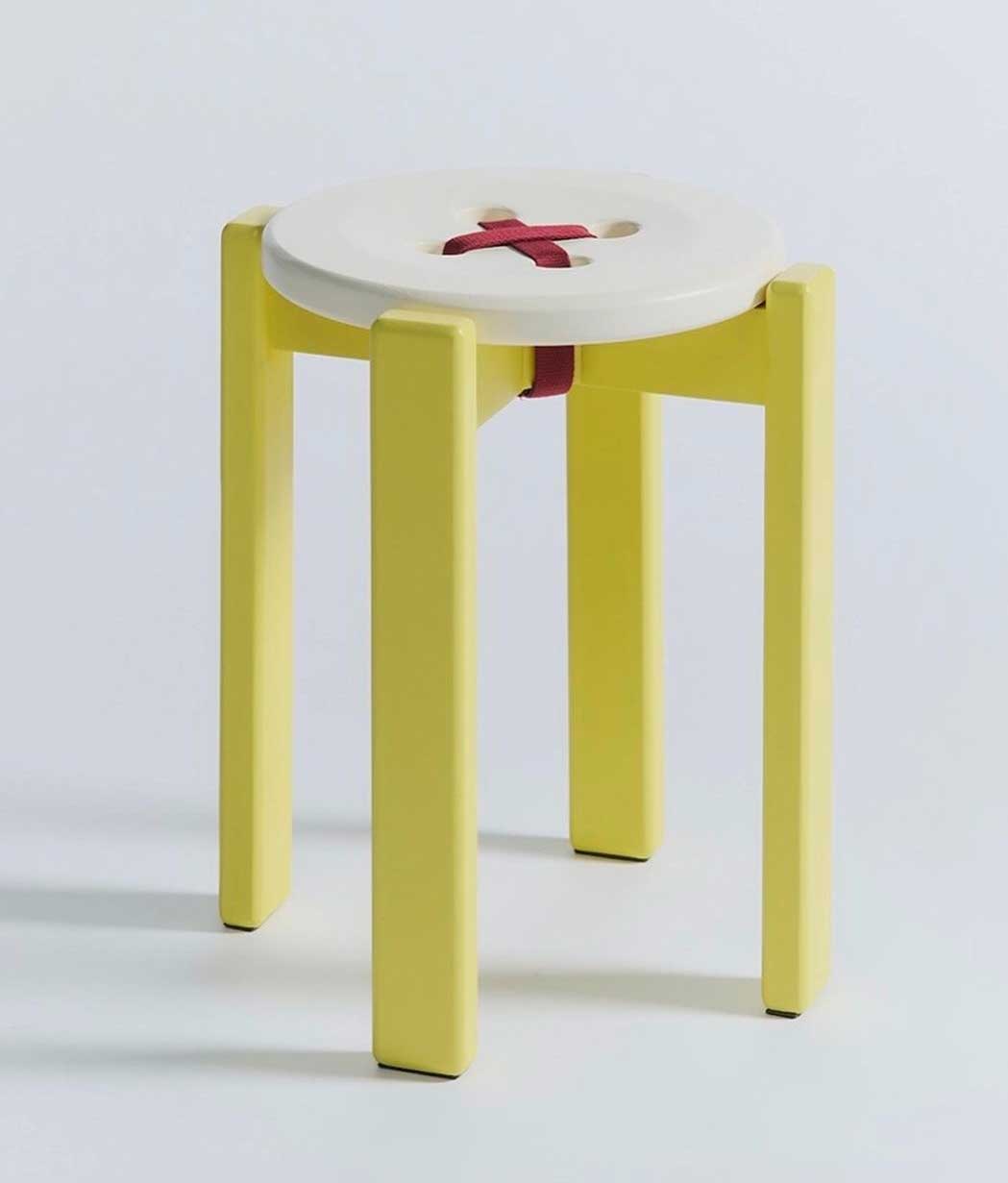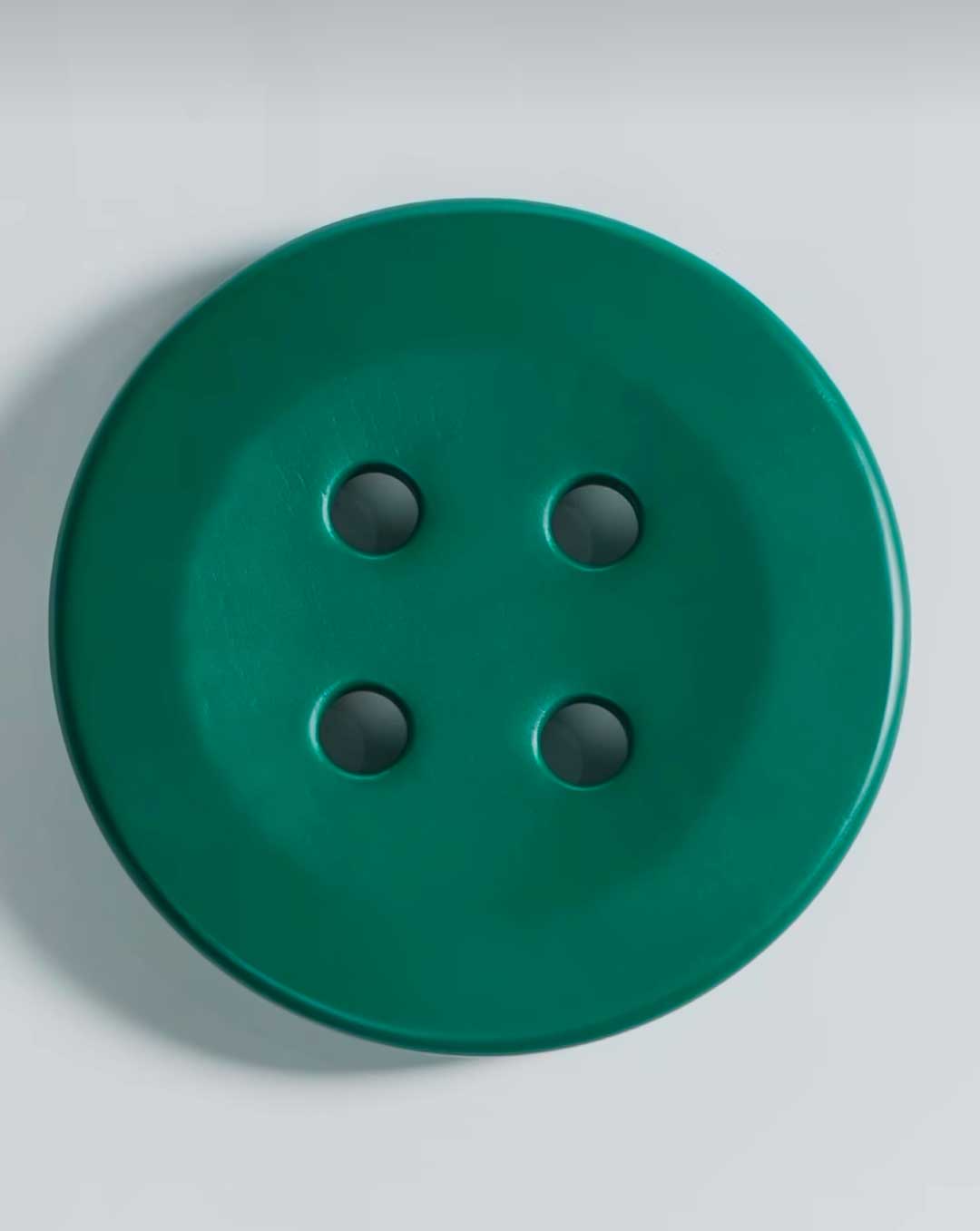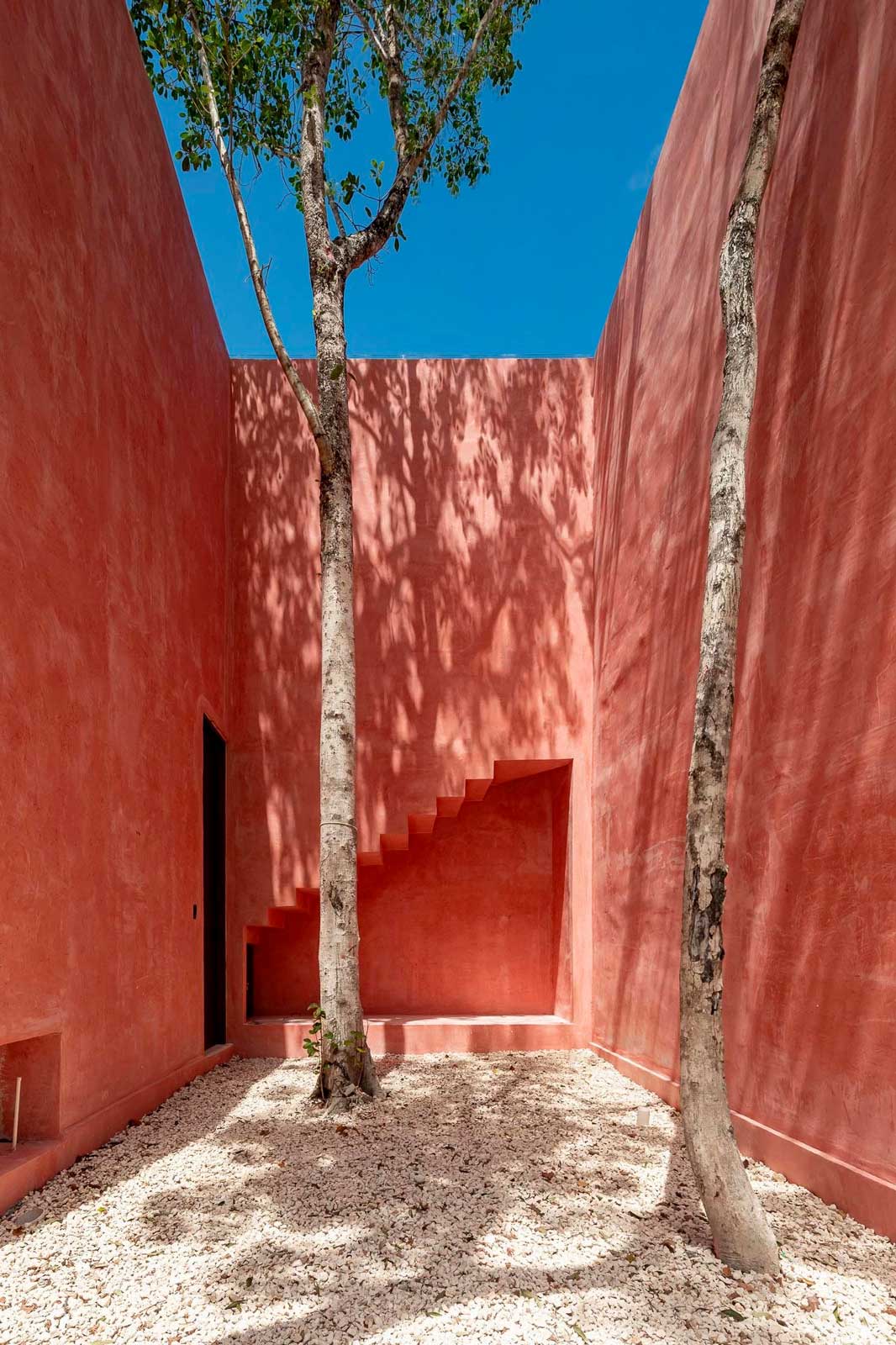DOPPIO GUSTO A TAVOLA
TABLEWARE | KARIM RASHID
Non è vero che Karim Rashid, brillantissimo designer contemporaneo, propone soltanto pezzi esclusivi e visivamente “impegnativi”, ovvero con un’identità dirompente. Lo dimostra la collezione di stoviglie “Confetti” disegnata di recente per Aida, storica azienda danese di articoli per la tavola.
Piatti, tazze e ciotole, in ceramica smaltata glossy, presentano un’immagine assai conviviale e molto vicina agli stili della nostra quotidianità. Linee semplici, una delicata texture radiale in rilievo sul bordo di ciascun pezzo e tanto tanto colore. La grande estensione della palette concede al cliente la possibilità di creare infinite combinazioni cromatiche, rendendo la tavola un paesaggio allegro e personalizzato.
I colori spaziano dalle tonalità fredde a quelle calde, ma sono tutti caratterizzati da una certa delicatezza e da una cromaticità intermedia. Insomma, una collezione gustosa per la bocca e per gli occhi.
Double taste at the table – It is not true that Karim Rashid, a brilliant contemporary designer, only offers exclusive and visually “challenging” pieces, that is, with a disruptive identity. This is demonstrated by the “Confetti” tableware collection recently designed for Aida, a historic Danish company.
Plates, cups and bowls, in glossy enamelled ceramic, present a very convivial image and very close to the styles of our everyday life. Simple lines, a delicate radial texture in relief on the edge of each piece and lots and lots of colour. The large extension of the palette gives the customer the possibility of creating infinite colour combinations, making the table a cheerful and personalised landscape.
The colours range from cold to warm tones, but are all characterised by a certain delicacy and an intermediate chromaticity. In short, a tasty collection for the mouth and the eyes.





